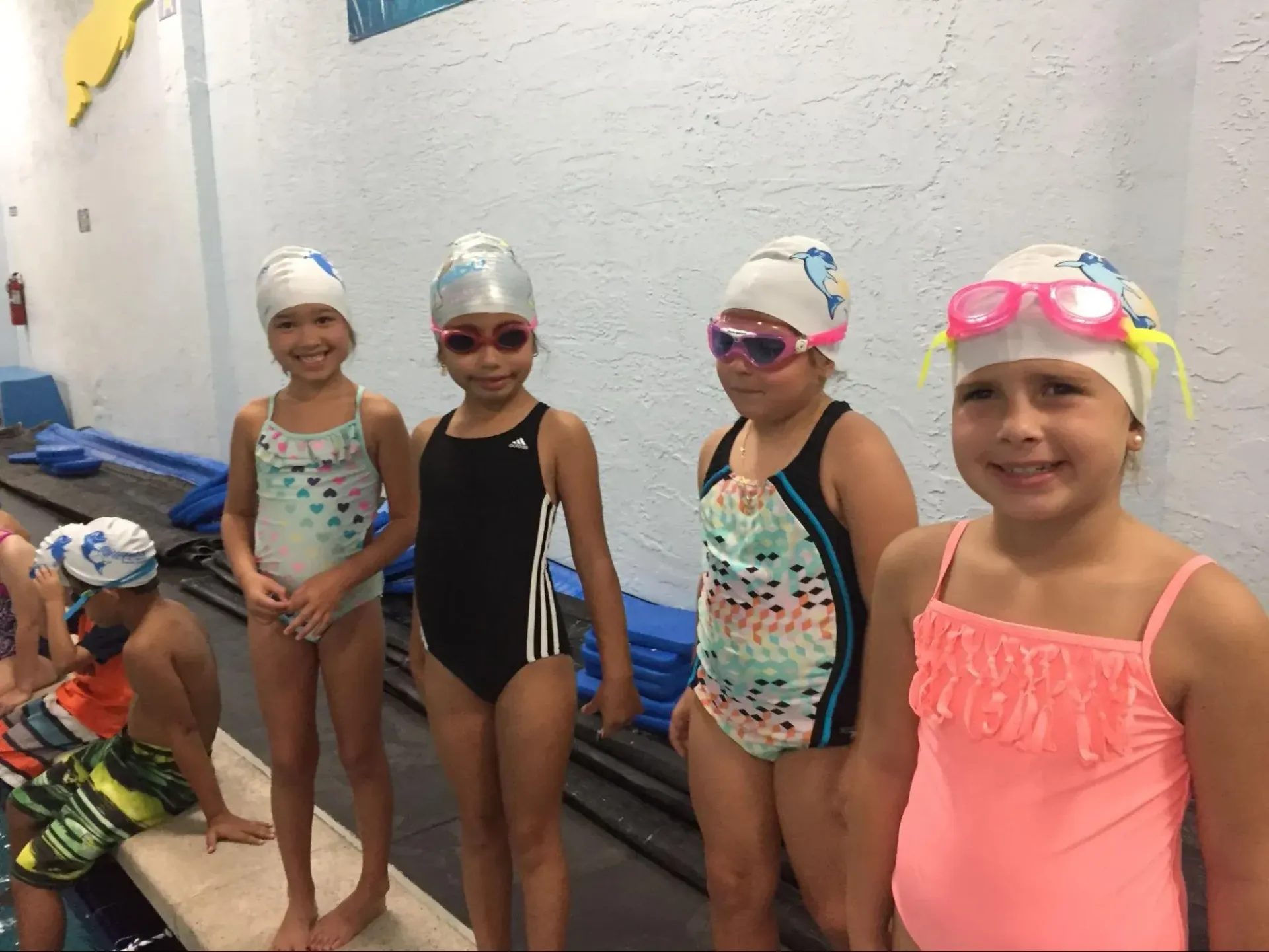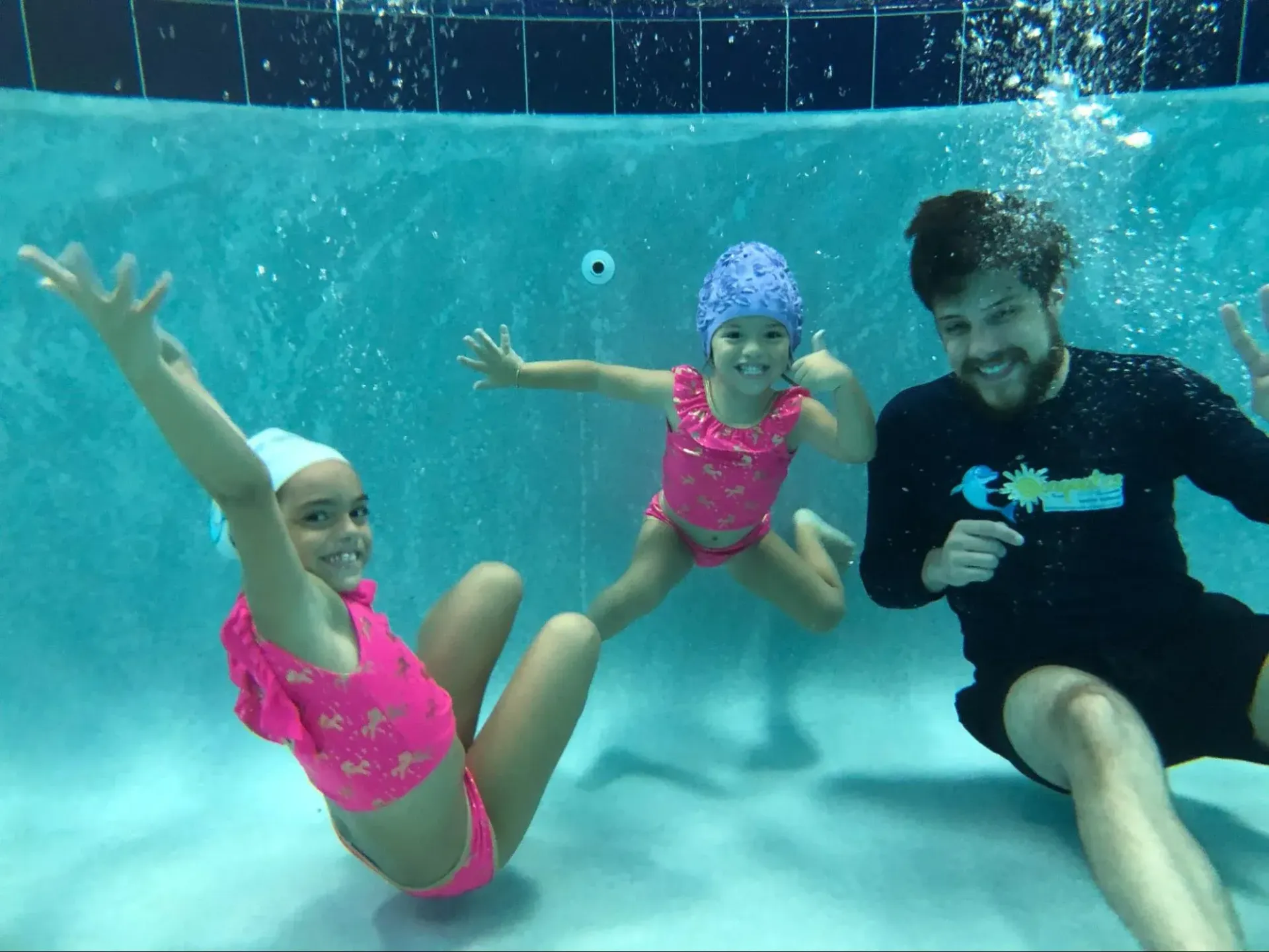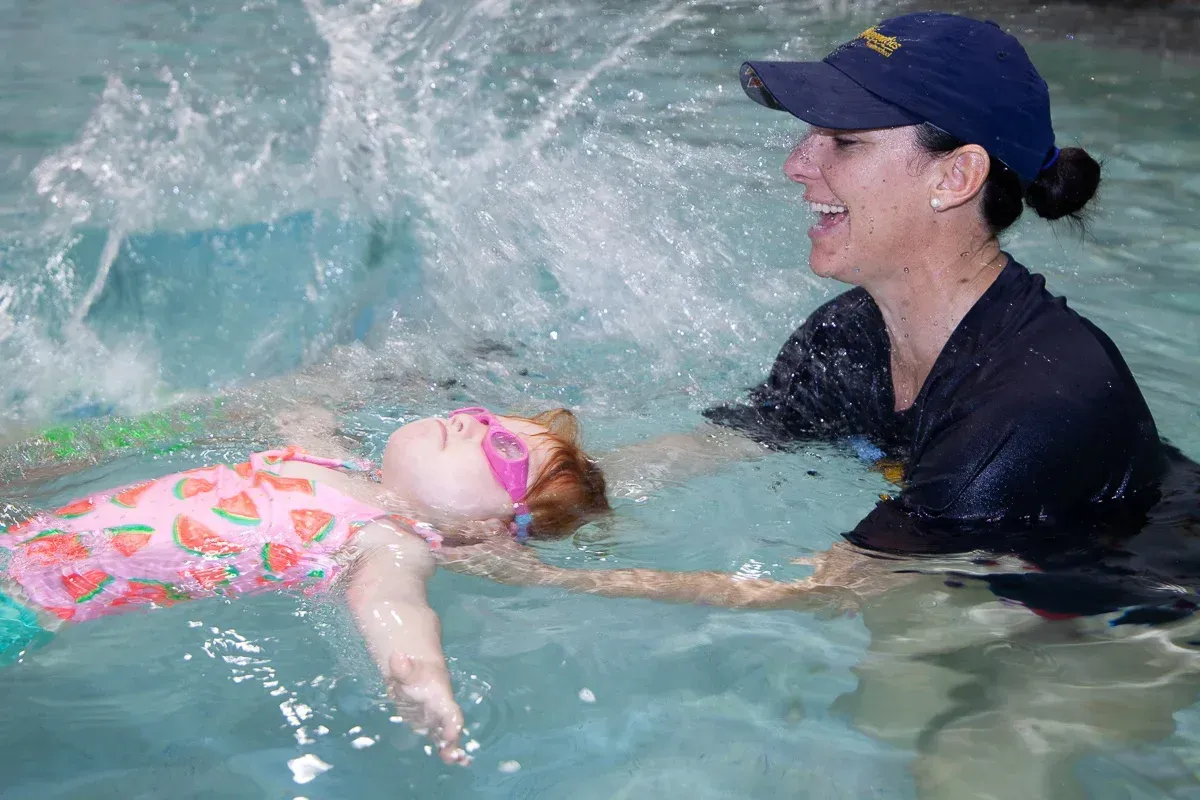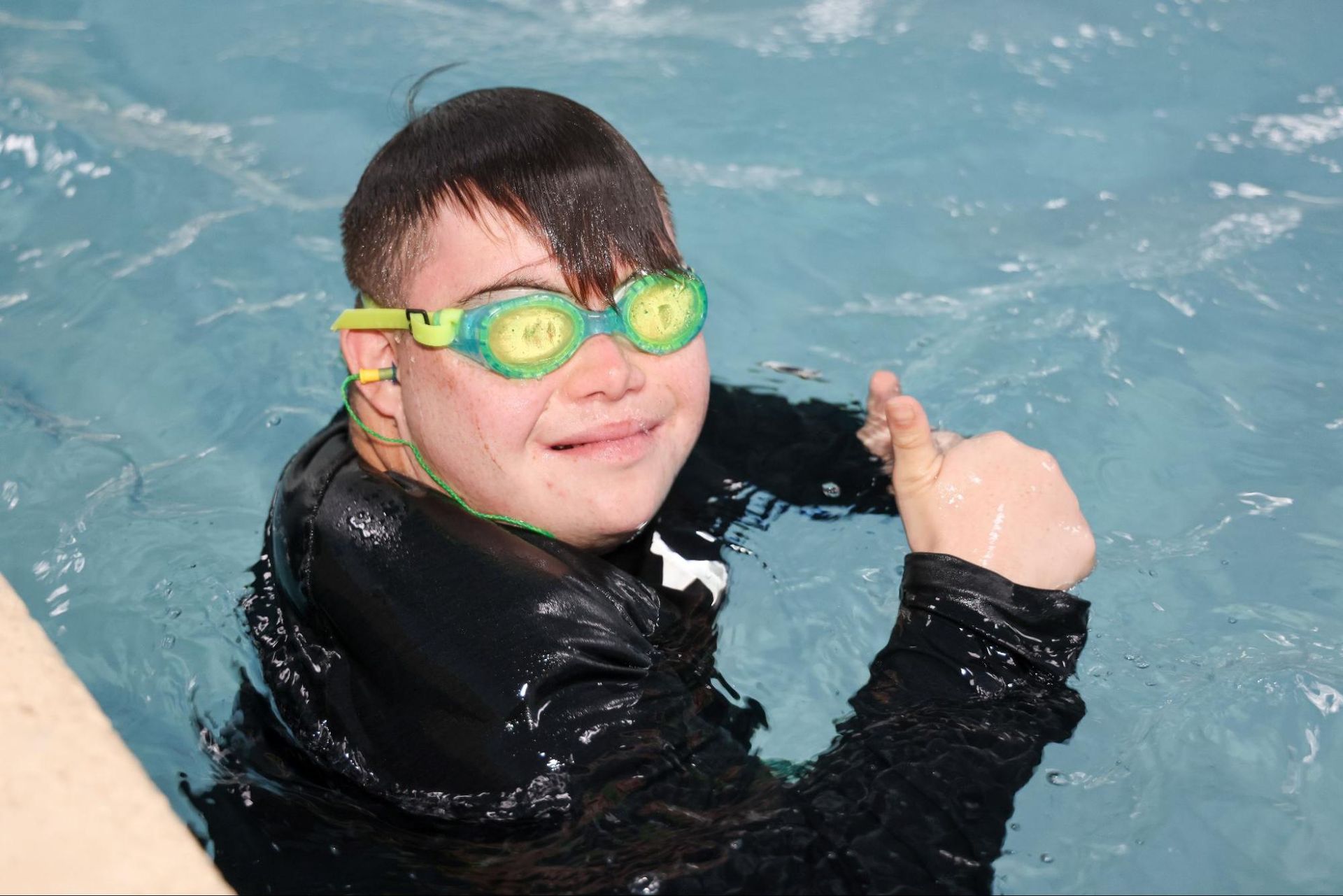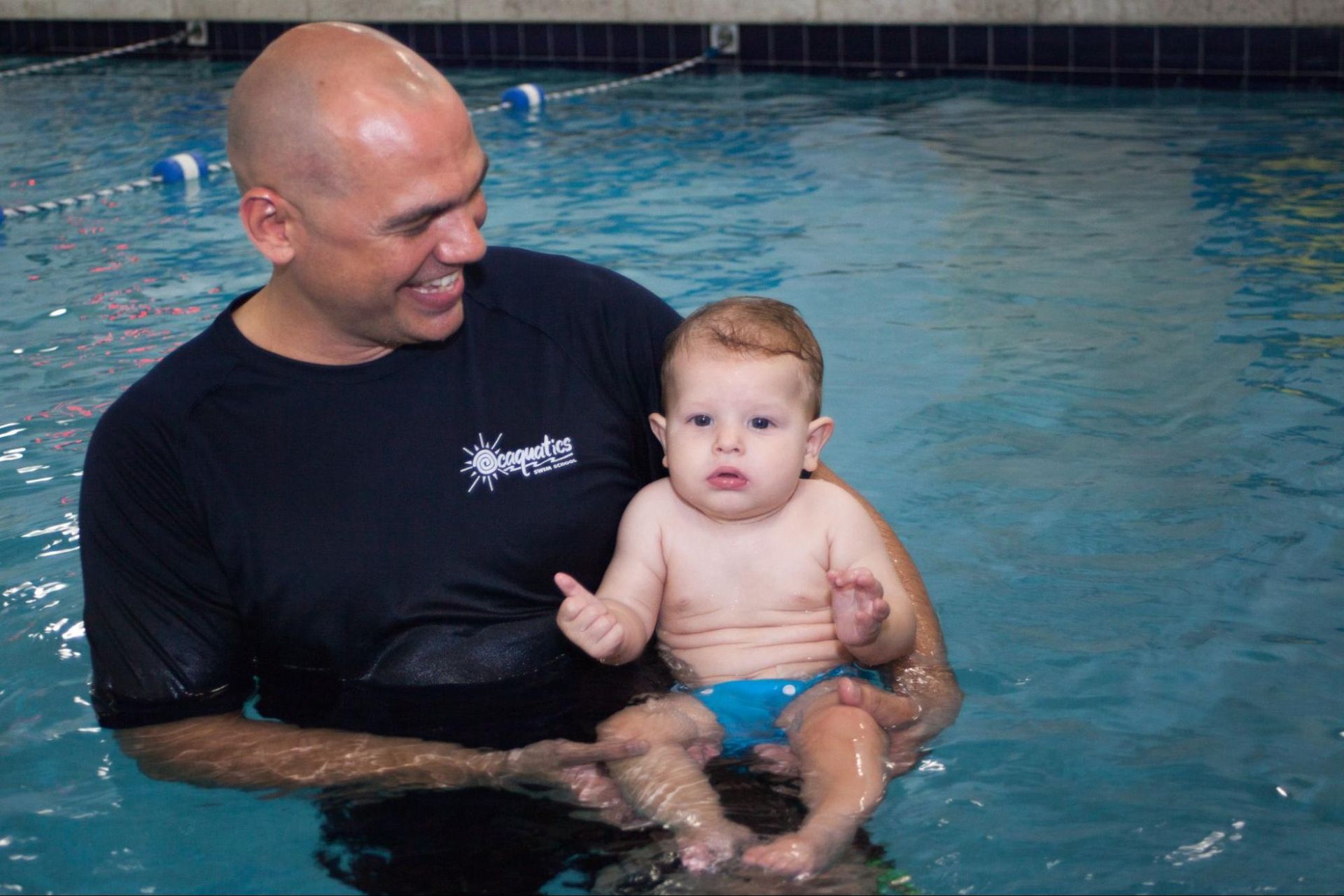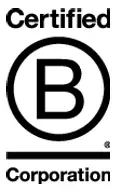How to Teach a Baby to Float on Their Back?
At Ocaquatics Swim School, our professional swim instructors are dedicated to teaching swimming skills to children of all ages, helping them build confidence and safety in the water from the very beginning. Our commitment to water safety and skill development shines through in every class we offer, especially our specialized baby swim classes.
Designed to introduce infants to the water in a gentle and supportive way, these beginner sessions focus on foundational techniques such as floating on the back—an essential skill for water safety.
Our safety-focused swim programs provide a nurturing environment where babies can explore the water comfortably under the guidance of well-trained, compassionate instructors. At Ocaquatics, we understand that teaching a baby to float on their back isn’t just about swimming—it's about fostering a sense of security and trust in the water.
This skill helps babies stay safer if they ever find themselves in the water unsupervised and builds the confidence they need to progress in their swimming journey. With expert instruction and a warm, welcoming atmosphere, Ocaquatics Swim School is the perfect place to start your baby’s aquatic adventure.
Different Floating Techniques Used in Swimming Lessons
Floating is one of the most fundamental skills in swimming and plays a crucial role in water safety. Teaching a child to float effectively helps them develop awareness of their own buoyancy, which is essential for conserving energy and preventing panic in aquatic environments. Whether in a pool or open water, mastering floating techniques can give a child the confidence and ability to stay safer if they find themselves in an unexpected situation.
Back Float
One of the most common and important floating methods is the back float. This technique involves the child lying on their back with their head comfortably supported by the water, allowing them to breathe easily while maintaining buoyancy.
The position of the child's head is critical; it should be relaxed and tilted slightly back so the face stays above water. When a child feels secure with their head in the right position, they can better control their body and maintain balance.
Floating activities often begin with gentle support, such as holding one hand under the child's back or guiding their arms to spread wide, helping them feel the sensation of floating without fear. Encouraging kids to relax their arms and legs allows their bodies to naturally spread out and stay buoyant. As they become more confident, they learn to adjust their body position independently, discovering how small movements can help them maintain flotation.
Teaching children to recognize their own buoyancy is empowering. It helps them understand that their body can float without constant effort, which is especially important in open water where support isn’t always available. This awareness reduces anxiety and helps children stay calm if they accidentally fall into the water or need to rest while swimming.
Front Float and Tuck Float
Beyond the back float, other floating techniques, such as the front float and tuck float, contribute to a child’s overall water safety skill set. Each method teaches children different ways to conserve energy and breathe safely while in the water. Practicing these floating activities regularly in a safe pool environment builds muscle memory and confidence, enabling children to react calmly and effectively in real-life situations.
These floating techniques are foundational to water safety because they equip children with the ability to stay afloat, breathe comfortably, and conserve energy. By focusing on the child's head position, body alignment, and arm placement during floating exercises, instructors and parents can help children develop these life-saving skills.
The more a child feels comfortable and confident floating, the better prepared they are to handle various water conditions safely, whether in the pool or the ocean.
Step-by-Step Guide on Teaching Babies to Float on Their Back
Teaching babies to float on their backs is a vital skill that promotes water safety and builds early confidence in the water. With the guidance of experienced swim instructors, parents can start teaching this important technique gently and gradually. Here’s a step-by-step guide to help your baby learn to float on their back safely and comfortably.
Step 1: Create a Calm and Safe Environment
Begin in a warm, shallow pool where your baby feels secure. Make sure the water temperature is comfortable, as this helps your baby relax. Before starting, spend some time playing and getting your baby used to the water to build trust and reduce any anxiety.
Step 2: Introduce Your Baby to the Water Level
Gently hold your baby close and bring their face near the water surface. Encourage them to get accustomed to the feeling of water around their mouth and nose. It’s important they feel safe and relaxed at the water level before attempting to float.
Step 3: Support Your Baby’s Head and Body
With one hand under the baby’s head and the other supporting their back, slowly lower them onto their back in the water. Keep your touch gentle but secure, allowing your baby to feel the water supporting their body while you maintain control. Make sure their mouth stays above the water surface so they can breathe comfortably.
Step 4: Encourage Relaxation and Comfort
Help your baby relax by talking softly and maintaining eye contact. A relaxed baby will naturally spread their arms and legs, which helps with buoyancy. Swim instructors often emphasize that babies who feel safe and calm are more likely to float successfully.
Step 5: Slowly Build Independence
Once your baby is comfortable with your support, gradually reduce the amount of assistance you provide. You might start by supporting just one hand under their back or gently guiding their arms. Swim instructors recommend progressing slowly, allowing your baby to adjust to the sensation of floating on their own.
Step 6: Practice Short Floating Sessions
Keep floating sessions brief to avoid overwhelming your baby. Frequent, short practices help build familiarity and confidence without causing fatigue or stress. Always stay close and attentive, ready to support your baby as needed.
Step 7: Reinforce Positive Experiences
Celebrate your baby’s progress with smiles, praise, and gentle encouragement. Positive reinforcement helps your baby associate floating with fun and safety, motivating them to continue learning.
By following these steps and working with knowledgeable swim instructors, you can help your baby develop the essential skill of floating on their back. Starting slowly and focusing on comfort, safety, and gradual independence ensures your baby builds confidence in the water while learning a key water safety technique.
Sign Your Baby up for Floating and Swimming Lessons at Ocaquatics
Give your baby the best start in the water by signing up for floating and swimming lessons at Ocaquatics Swim School. Our experienced instructors provide expert tips to help little swimmers build confidence and essential water safety skills in a gentle, nurturing environment.
With personalized attention and proven techniques, we guide your baby through every step of their aquatic journey—from learning to float on their back to developing foundational swim skills. Enroll today at Ocaquatics and watch your baby grow into a confident, happy swimmer who loves the water!





